How to draft proof a fireplace – 8 expert-approved ways
The expert-approved ways to draft-proof your fireplace and the best budget buys


Although they are designed to warm up our homes, fireplaces can unfortunately also be the source of drafts, introducing some cold from outside into our living spaces if they are not properly draft-proofed.
Keeping your living spaces well insulated is important, especially in winter, which is why ensuring your fireplace doesn't let any warmth out or cold air in is our top priority when DIY draft-proofing a room. If done correctly, this can be an excellent way to lower heating costs and maintain a comfortable indoor environment.
From sealing gaps and cracks to finding inventive ways to block drafts, our experts have explained the best eight ways to draft-proof a fireplace.
How to draft proof a fireplace
These heat retaining-tricks can keep your home at the ideal temperature, whether you have an active or inactive fireplace.
1. Inspect the fireplace and chimney
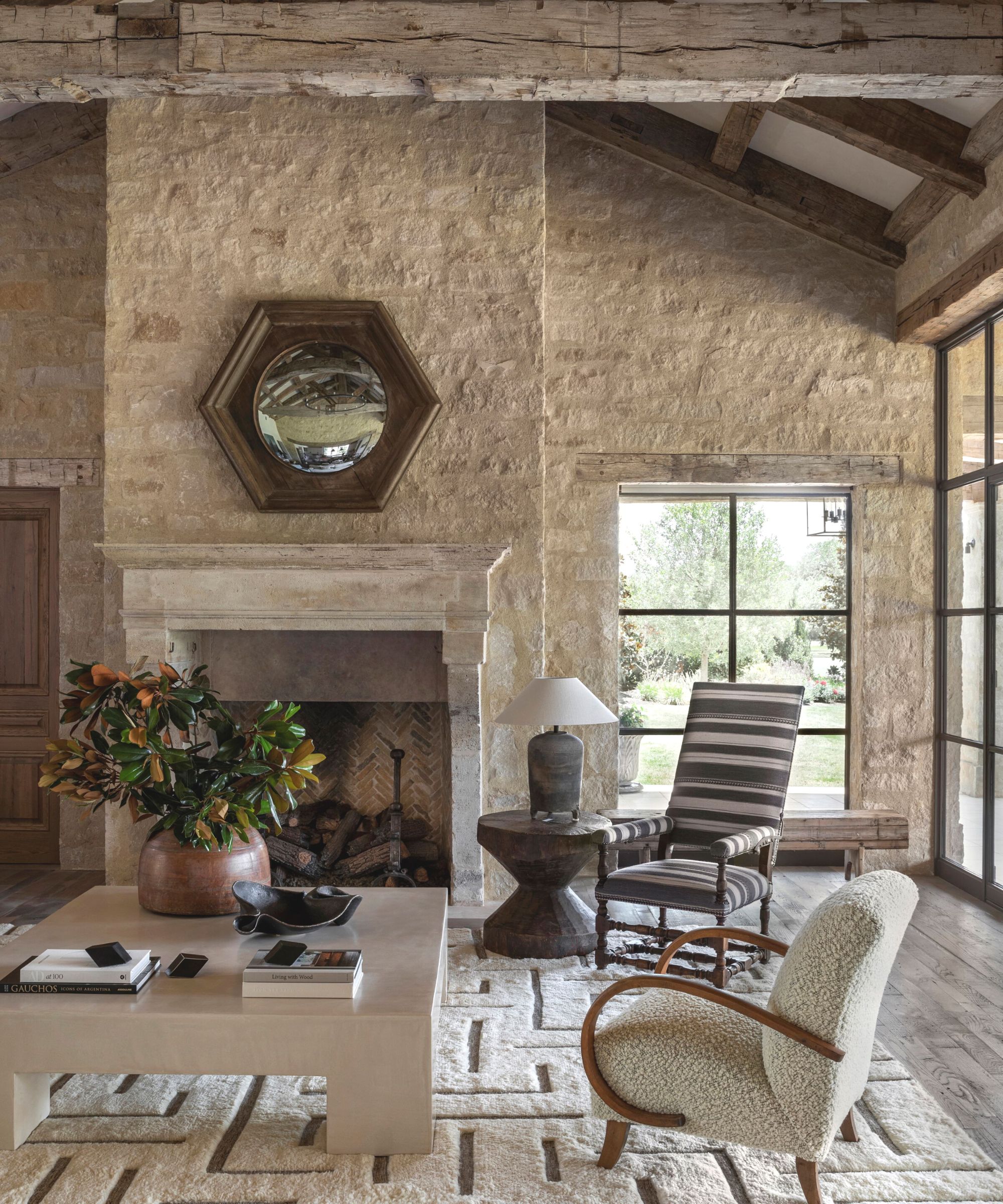
First, inspect your fireplace and chimney to assess the source of drafts. Check for any visible signs of wear or damage, like gaps or cracks. These can often be the primary culprits for drafts. This will help you plan the best approach to take when draft-proofing your fireplace.
Ensure the chimney flue is free from debris, such as leaves, twigs, and creosote, which can cause blockages and contribute to drafts.
'If you notice any structural issues, such as cracks in the chimney or fireplace, it's important to get these repaired,' advises Josh Mitchell, HVAC technician and the owner of Air Conditioner Lab. 'This task might require the skills of a professional.'
2. Seal the chimney
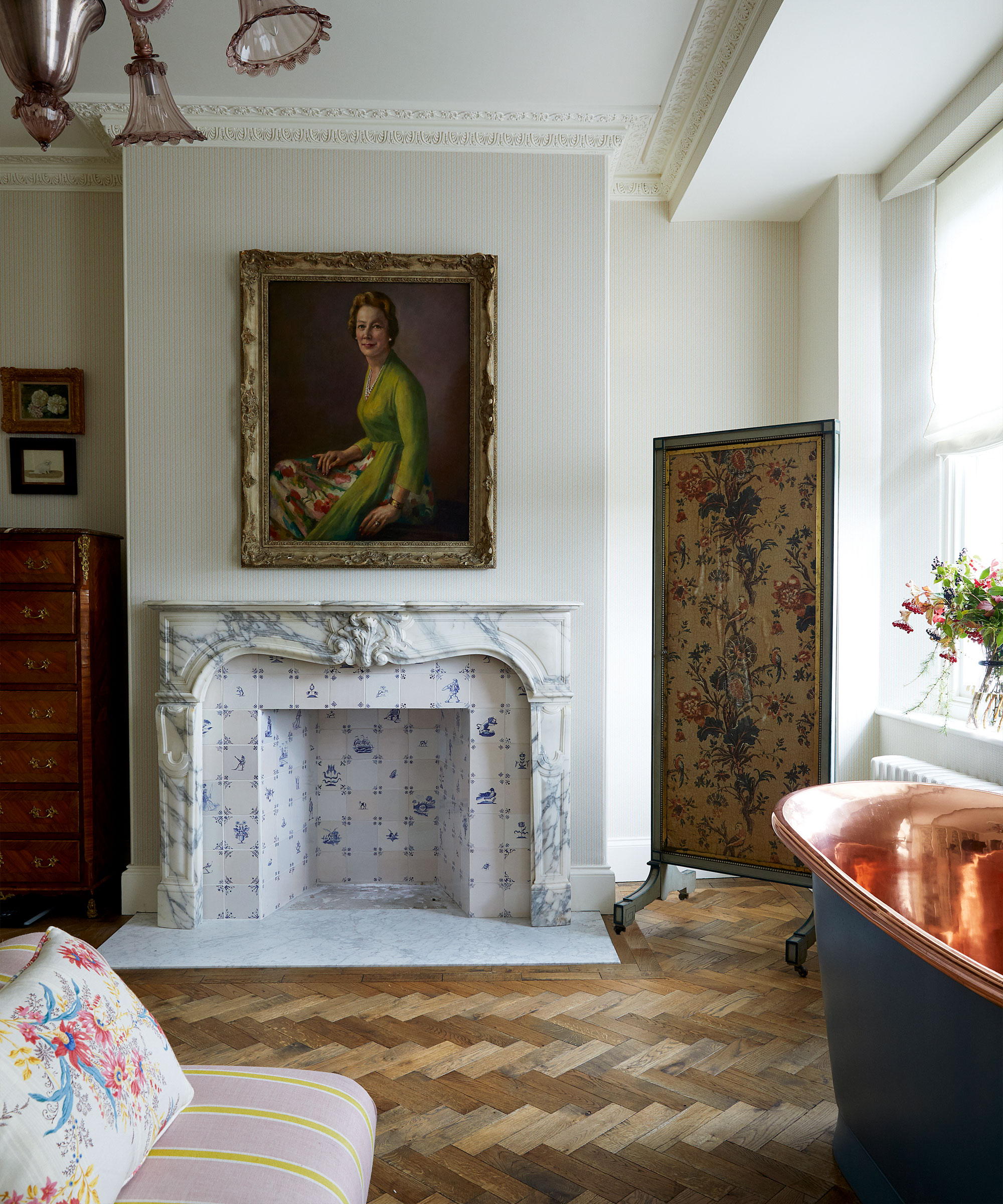
Look for any gaps where the fireplace meets the wall and seal them.
'To begin, it's essential to repair any cracks or gaps in the fireplace masonry. These can be fixed with fire-resistant mortar, ensuring that no unwanted air passes through,' advises John Jordan, CEO of Integrity Heating and Cooling.
You can use this heat-resistant sealant, from Amazon.
3. Install a chimney balloon
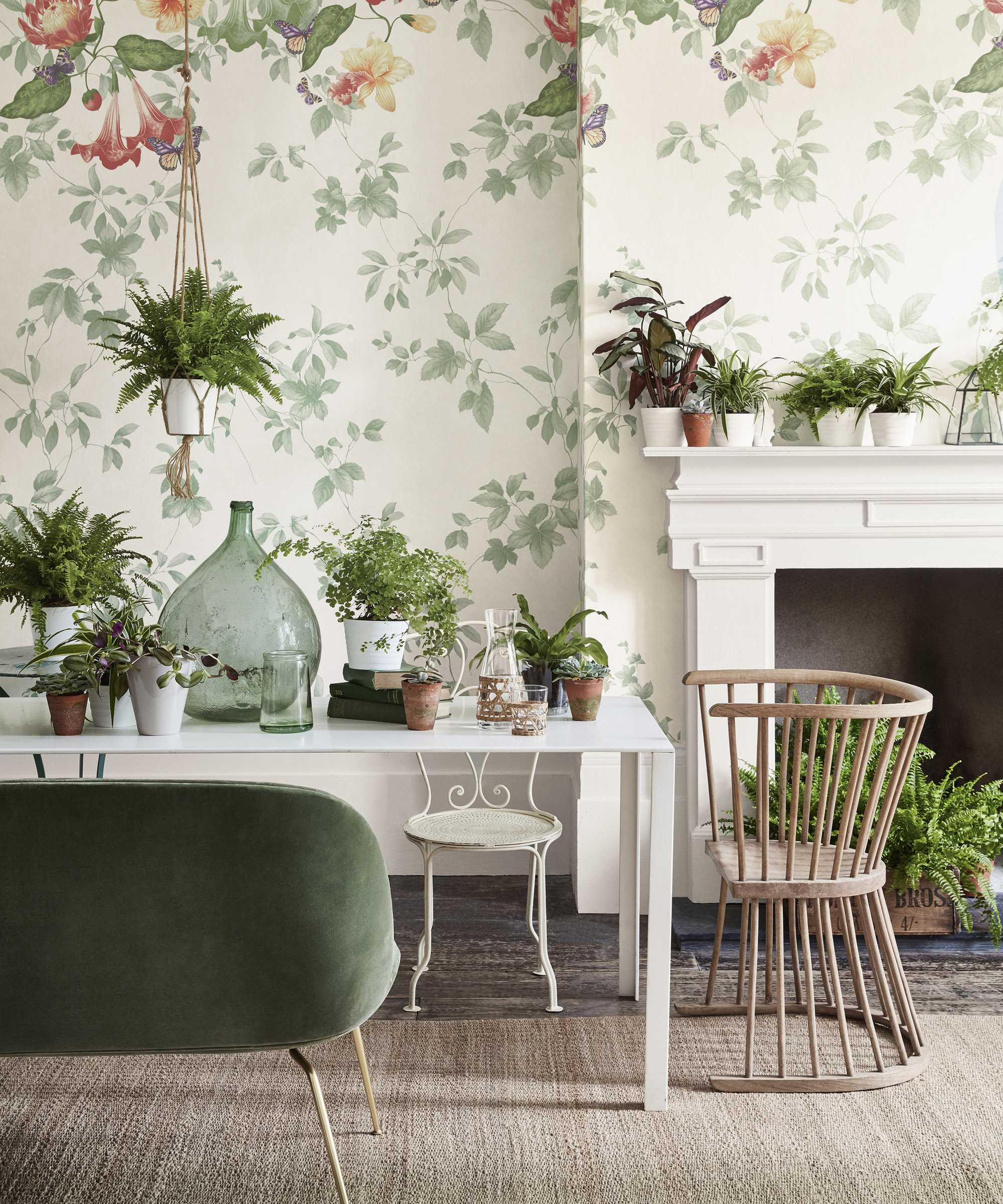
'The most affordable solution involves using a chimney balloon or fireplace plug. These are cost-effective and easy to install,' says John Jordan.
'A chimney balloon is an inflatable device that can be placed in the chimney, just above the fireplace, and inflated to create a tight seal to prevent drafts when the fireplace is not in use.
'It's an inexpensive solution that can be easily removed when you want to use the fireplace. However, it's crucial to remember to remove the balloon before lighting a fire to prevent hazards.'
You can find a chimney balloon at Walmart.
4. Add chimney liner insulation

'Adding insulation around your chimney liner can also be an effective draft-proofing strategy, especially in older homes where chimneys might not be as well insulated,' says Josh Mitchell.
We recommend this ceramic fiber fireproof insulation blanket, from Amazon.
5. Invest in a chimney draft excluder

'Draught excluders are designed to block drafts and can be used in open chimneys. They are typically made of insulating materials and can be placed at the base of the chimney to prevent cold air from entering the room.
'A chimney draft stopper is an efficient way to prevent cold air from entering your home through the fireplace opening. It can be in the form of a fabric draft blocker, or a foam or silicone plug that is inserted into the chimney to block air from escaping,' explains Shlomo Cherniak, owner of Cherniak Handyman Services.
These, like chimney balloons, are easy to install, affordable, and can be placed just above the mantelpiece when the fireplace is not in use.
Be sure to find one that fits the dimensions and shape of your fireplace to ensure it seals the chimney, excluding any drafts.
You can find this fabric draft blocker at Amazon.
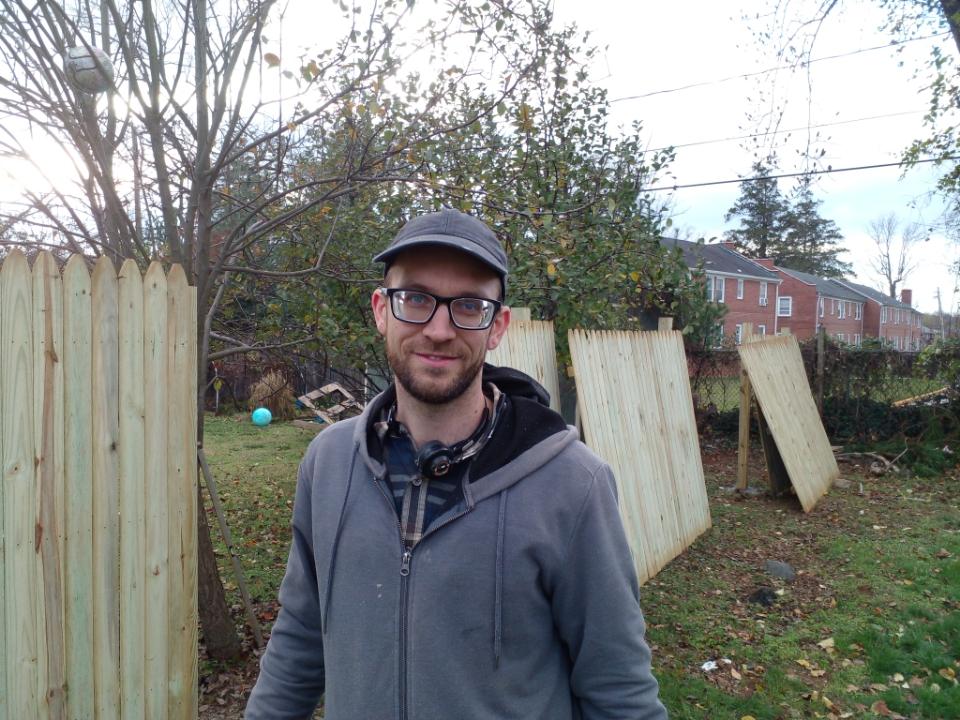
Shlomo Cherniak is a handyman and founder of Cherinak Home Services in Baltimore. He has over seven years of experience in home improvement, with him and his team specializing in everything from installing kitchen cabinets to fixing leaky faucets to hanging pictures on the wall.
6. Install a damper
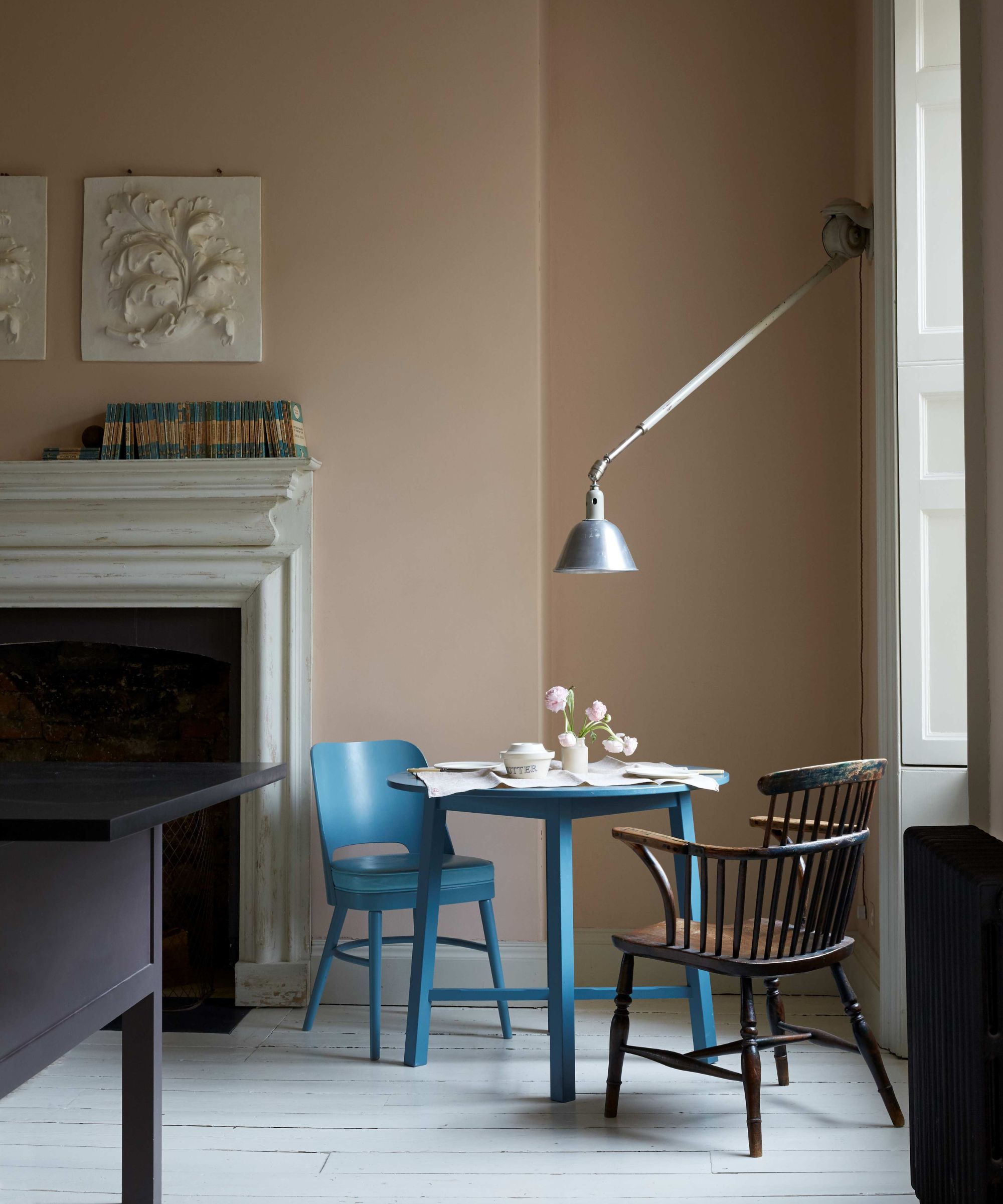
'For the most efficient solution, investing in a top-sealing damper is recommended,' says John Jordan. 'Top-sealing dampers are installed at the top of the chimney and can be closed when the fireplace is not in use, providing a tight seal and effectively blocking drafts when the fireplace is not in use.
'Although this is not a DIY solution, they are more efficient than traditional throat dampers because they provide a better seal at the top of the chimney, preventing cold air from coming down and warm air from escaping.
'While they are more costly than other solutions, their efficiency in energy savings and heat retention can make them a worthwhile investment in the long run.'
'You can seal the chimney with a tight-fitting damper or install dampers at the top or throat of the chimney to block drafts,' explains Shlomo Cherniak.
If you already have a damper but are still feeling a draft, ensure it is properly sealed and in the right position to regulate airflow. If it's damaged, it may allow warm air to escape and cold air to enter and might need professional repair or replacement.
7. Install fireplace doors

Installing doors or screens can help prevent drafts by reflecting cold air and ensuring any debris does not enter your home.
'You can use foam insulation plugs or boards to seal off the fireplace opening when it is not in use,' advises Shlomo Cherniak.
While these are not the most attractive solutions, they are low-cost and practical. You may just use these when you are away or overnight. We recommend this magnetic fireplace blanket, from Amazon.
Alternatively, 'Adding glass doors to your fireplace can not only elevate its appearance but also help reduce drafts significantly when the fireplace is not active,' says Josh Mitchell.
8. Regular maintenance

'Another important aspect of draft-proofing a fireplace is proper maintenance,' says Alex Locklear, founder of NC Cash Homebuyers. 'Regular inspections and cleaning of your chimney and fireplace can help identify any issues that may be causing drafts, such as cracks in the chimney or damaged seals.
'Addressing these issues promptly can save you money on energy bills and prevent potential safety hazards.'
FAQs
Can the type of firewood you use in a fireplace help to prevent drafts?
'Using the right kind of firewood can also help with draft proofing,' explains Alex Locklear, founder of NC Cash Homebuyers. 'Dry, seasoned wood burns more efficiently and produces less smoke, reducing the risk of drafts and improving air quality inside the room.'
How do you install a draft excluder?
John Davis, owner of Springfield Steel Buildings, explains how to install a draft excluder: 'You should start off by measuring your chimney. Every fireplace is different and chimneys come in a variety of shapes and sizes.
'Place a dust sheet on the floor in front of the fireplace and put on a pair of safety goggles. You should now take the time to measure the inside cavity. If the chimney is oblong, measure the depth and width. If it's round, note down the diameter.
'Using these measurements, try to find a draught excluder of an appropriate size. Avoid fitting a generic one as it is unlikely to fit properly. Consult a size chart if you ever find yourself stuck or unable to decide.
'Once that is done, get your hands on some Chimney Sheep. This sheep's wool will serve as insulation. You'll want it to be just a little bit bigger than the chimney flue. The wool should accommodate the shape of the opening.
'Once inside, pull the handle attached to the Chimney Sheep to ensure everything is in place. If it's a good fit, the sheep's wool will remain in place.
'This is arguably the best way of draught-proofing your fireplace as the sheep's wool is breathable, blocking the majority of the airflow but still allowing around 7% for ventilation purposes. This reduces the risk of damp or mold forming, which can happen if the chimney is sealed too tight.
'If you want to use your fireplace to start a fire, simply remove the draught excluder from the chimney and put it back whenever you are done with the fire.'
Sometimes, the drafts may stem from the room's ventilation rather than the fireplace itself, so ensure your room has proper ventilation to maintain balanced air pressure.
Sign up to the Homes & Gardens newsletter
Design expertise in your inbox – from inspiring decorating ideas and beautiful celebrity homes to practical gardening advice and shopping round-ups.

Lola Houlton is a news writer for Homes & Gardens. She has been writing content for Future PLC for the past six years, in particular Homes & Gardens, Real Homes and GardeningEtc. She writes on a broad range of subjects, including practical household advice, recipe articles, and product reviews, working closely with experts in their fields to cover everything from heating to home organization through to house plants. Lola is a graduate, who completed her degree in Psychology at the University of Sussex. She has also spent some time working at the BBC.
-
 5 key trends from Milan Design Week that are going to change the design direction of 2025
5 key trends from Milan Design Week that are going to change the design direction of 2025From floating furniture to silvered surfaces, here's my perspective on the key themes and new moods coming through from Milan Design Week 2025
By Pip Rich Published
-
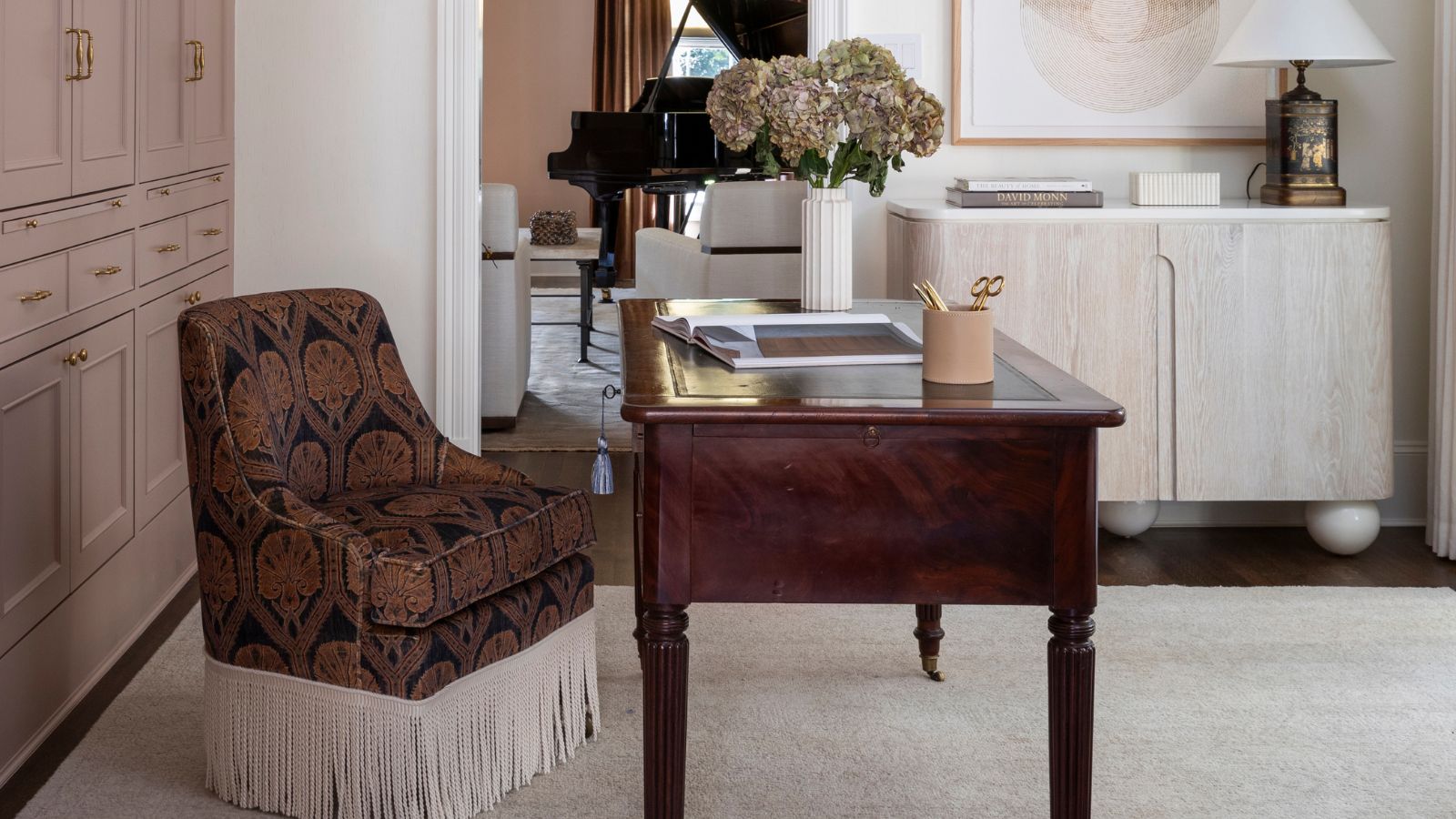 The rumours are true, the NYC trend for fringes and trimmings is actually happening – they are the secret weapon for making a room look expensive
The rumours are true, the NYC trend for fringes and trimmings is actually happening – they are the secret weapon for making a room look expensiveA trim or a ruffle is the finishing touch that can take a scheme from ordinary to the extraordinary in an instant
By Jennifer Ebert Published